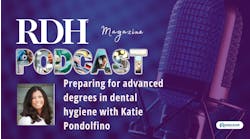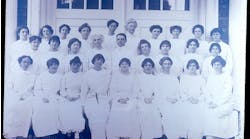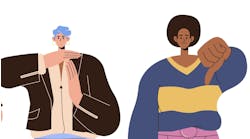by Mark Hartley
When the biography of cartoonist Charles Schulz appeared in bookstores last month, CNN’s Todd Leopold admitted wondering in a book review if biographer David Michaelis would reveal Schulz as follows:
“Was he the man who suffered anxiety attacks, remembered slights for decades and put every ounce of existential angst into his comic strip, Peanuts? Was he the grandfatherly cartoonist hailed as a towering figure in American popular culture ... Or was he between the lines in Peanuts itself, in the melancholy of Charlie Brown, the exuberance of Snoopy, the intellectualism of Linus, the directness of Lucy and the bafflement of Peppermint Patty?”
I was born during the fourth year of Schulz’s daily scrawling of the comic strip onto art paper. To say Peanuts was a fixture in my life is an understatement. As an adult, I just wanted to slap Lucy - thought she just needed someone to help zip her lips. Does that reveal some sort of latent sexism from which I have hopefully recovered? I was more in tune with Schroeder and Pigpen. The cartoonist was male, the lead character (Charlie Brown just wanted to be your friend) was male, and my favorite characters are male. Sisters, you may want to leave the Peanuts playground if it’s just a guy thing.
Could it be someone is spending too much time analyzing a humorous comic strip that is best enjoyed over breakfast?
What would the biography/obituary for dental hygiene say? (And, yes, I still think the death of the profession is a potential happenstance, if we’re not careful. We still need more coalescing of different factions within the dental hygiene profession, more of a “come together” unification that will overcome obstacles to not just the profession, but progress in preventive dentistry as well.)
“Was dental hygiene too sensitive about references to janitorial personnel, belligerently defying those teeth-cleaning definitions for decades? Was dental hygiene the maternal force in dentistry, bringing compassion to a male profession that struggled with training female dentists for the last-resort tasks of restorative dentistry? Or was your dental hygienist someone who brightened your day with a smile, a gentle reminder to try harder with oral hygiene habits, and made you feel like the toothbrush and floss samples she gave you as you departed her kingdom was a special treat just for you?”
Could it be we spend too much time analyzing the dental hygienist? After all, he or she is the twice-annual pit stop in the war against oral pathogens, especially when we need the other 363 days to survive against everything else. The limited schedule for hanging around dental professionals just two, three, four days a year seems to work.
Arguably, the thing I like least about being the editor of RDH is being asked, “What’s a dental hygienist like?” There are probably three or four 13-syllable words that concisely describe dental hygienists, but I haven’t come across them yet in the dictionary.
“Can you describe a dental hygienist for me?”
“I dunno. They’re mainly women, but not exclusively so.”
“That’s like telling me pro football players are mainly men. I want to know what makes them tick.”
“Did you floss this morning?”
“Yeah, yeah, yeah, whatever. I want to know more about the personality of a dental hygienist.”
“Well, I don’t know. There are all kinds of personalities. Some are very prim and proper and make you wonder if they suck on a dishrag soaked in vinegar for dinner. Some are as exuberant as a high school cheerleader.”
“Exuberant? Interesting choice of a word.”
“Yeah, well, I haven’t found a word yet that specifically describes a happy dental hygienist.”
But I’m working on it.





